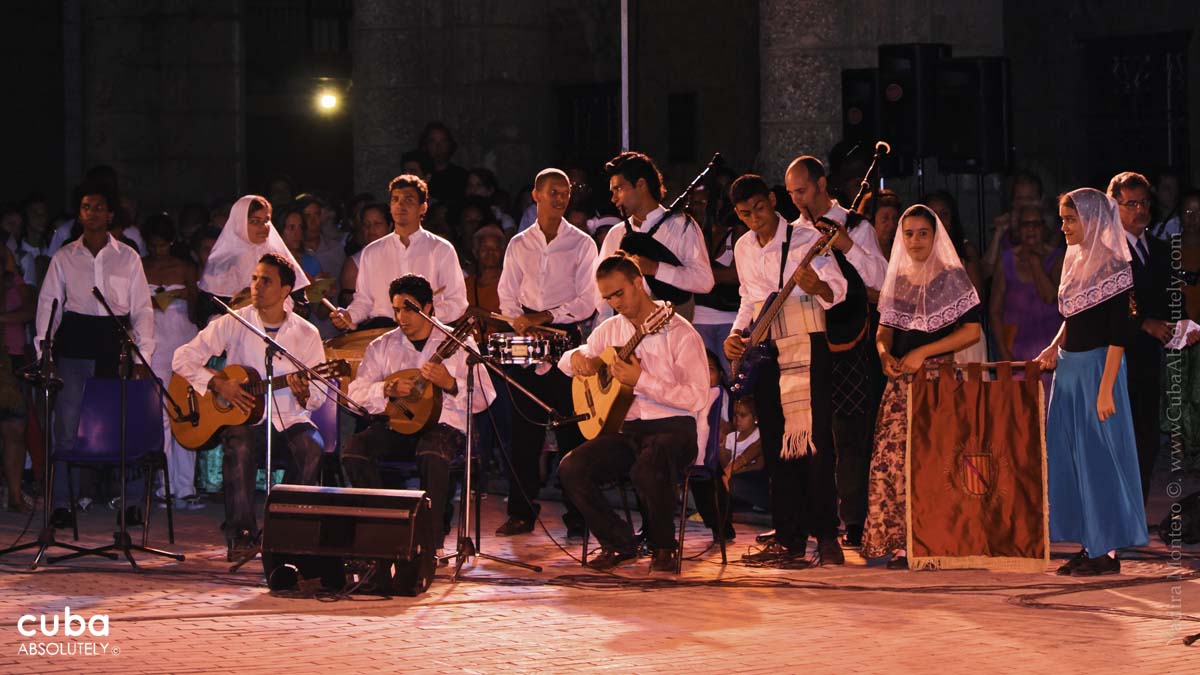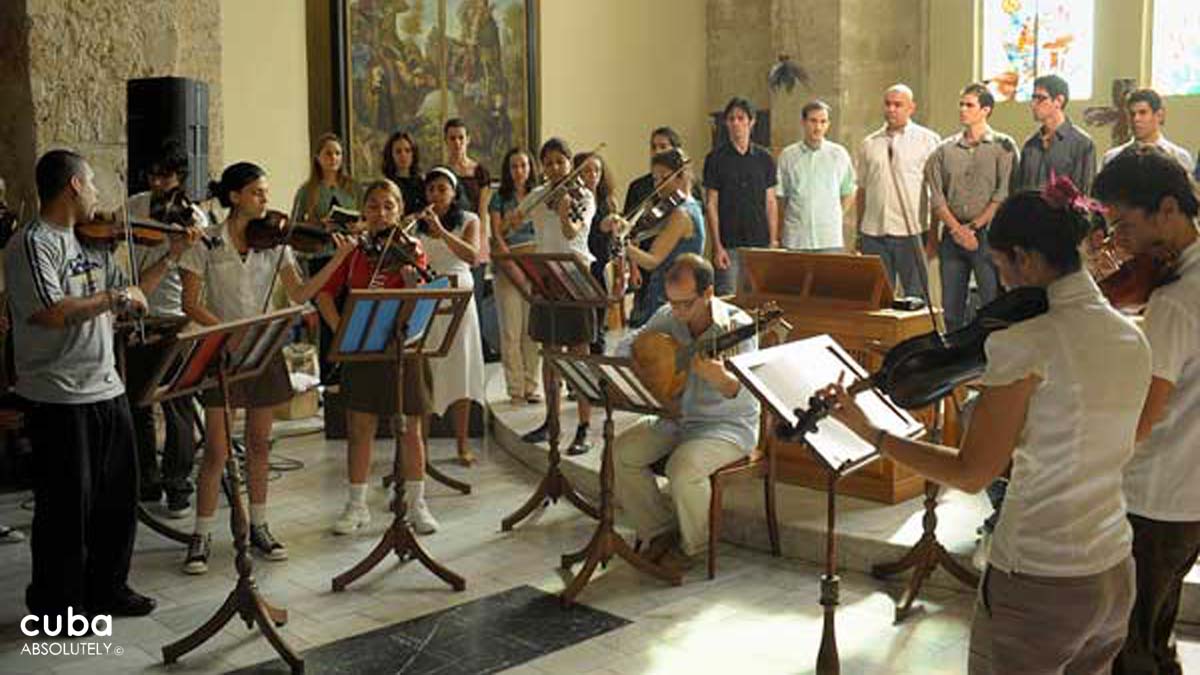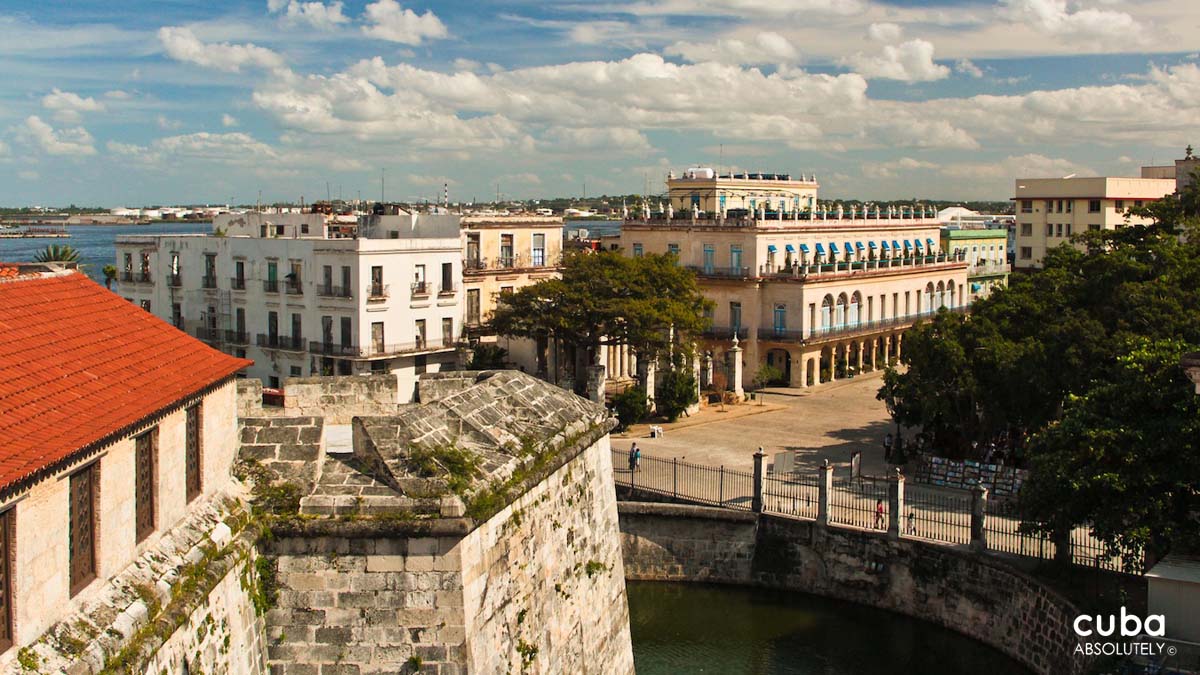Blind but beady-eyed, beaky-nosed, old, imposing and profoundly glamorous, Alicia Alonso stands in a single spotlight at the front of the dress circle of the Gran Teatro de La Habana, bathed in waves of applause. Whenever she appears in the audience, everyone in the theatre―not least the prima ballerina assoluta herself—considers a standing ovation her due. With the epitome of a Grand Dame, Miss Alonso holds the Ballet Nacional de Cuba in thrall. Her sanction is required for everything proposed for or within the company. She has devoted her life to it.
Another early creation in the life of Revolutionary Cuban Ballet was the International Ballet Festival and this October of 2006, with much fanfare, the twentieth festival opened in Havana. Balletomanes flock to the event from all over the world, for despite the Spartan conditions in which Cuban dancers train and rehearse and the threadbare state of the Gran Teatro’s curtains, some of the very best ballet in the world is performed on its stage. Foreign companies are keen to recruit Cuban stars to their ranks, which sometimes results in their departure from the country; however, when Alicia Alonso wisely allows them a loose rein, they perform as guest artists abroad but return regularly to dance with their compatriots. The most famous example is Carlos Acosta, the lorry-driver’s son whom his father enrolled in ballet classes to keep him out of trouble and who won the Prix de Lausanne at 16 years old. Now, as Principal Guest Artist with the Royal Ballet, he regularly sends Covent Garden audiences into ecstasies before nipping across the Atlantic to wow los habaneros (and lucky visitors, who will never pay so little for front row stalls again) in Balanchine’s Apollo, or as sexy, wicked, brilliant Basilio in Don Quixote.
Alicia Alonso’s energetic promotion of her art has achieved its wholehearted acceptance in Cuba’s rather macho society and the profession is now considered perfectly normal for boys: several of the younger principals have adoring female claques that never miss their performances. Not all the admirers are girls, though: a fair proportion of Cuba’s balletomanes are as camp as Christmas and always teetering on the brink of cross-dressing—one often wishes they would set aside their doubts and don fabulous evening gowns for their nights at the ballet, courting their own little ovations in the interval. A charming idiosyncrasy of male ballet-goers in Cuba, though, is that for every drawling darling there is a grizzled old street-sweeper or peanut-seller who knows all the great choreographic works off by heart and if he sees one mistake, or a prima ballerina being a bit too creative with the original steps, will stump furiously round to the stage door to give the offender a pithily-expressed piece of his mind.
Amongst the many delights of the twentieth festival, it included solo performances by Carla Fracci (prima ballerina and director of the Rome Opera House), the flamenco ballet company of Farruquito and family, José Manuel Carreño (star of the American Ballet Theatre, who combines the extraordinary technical virtuosity and expressiveness and elegance of really great dancers) and the superb star turn, Carlos Acosta, whose effortless long-legged leaps and slow, balanced turns (they’d be positively insolent were it not for the humour with which they are executed) inspire that wonderful sequence of gasp, laugh and applause with which a knowledgeable audience greets a faultless performance.
The principal venue was the Gran Teatro de La Habana, the capital’s opera house, whose sumptuous (if faded) architecture and decoration is a treat to be savoured as an aesthetic hors d’oeuvre to the principal performance and from whose stage many famous dancers have gazed out across its footlights, including Fanny Elssler, Anna Pavlova and Maya Plisetskaya. Performers new to its gleaming grey expanses ask curiously about the red and green lights fixed to the dress circle balcony. They are astounded to learn that when Alicia Alonso’s sight had deteriorated so much that she was virtually blind she continued to dance all the great roles with which she had made her name, only orientating herself on stage by means of the red and green lights, which she could still just about make out through the gathering mists of blindness.
The opening and closing galas of the Festival took place at the Gran Teatro where two new choreographic works were presented there: one dedicated to Carla Fracci and the other based on Mussorgsky’s Pictures at an Exhibition, with scenery by twelve important Cuban contemporary artists. The Ballet Nacional de Cuba premiered a piece by Canadian Jean Grande-Maître to music by Mozart to mark the 250th anniversary of the composer’s birth and the renowned Cuban choreographer Ivan Tenorio’s newest work La Ronda was staged for the first time.
A number of full-length classical pieces, including the Cuban National Ballet’s Swan Lake and Giselle, formed the program of the National Theatre, located near Revolution Square, which closed its doors during this festival with an unforgettable presentation: the farewell performance of the role of Siegfried of Swan Lake by Argentinean virtuoso Julio Bocca, on the same stage where he danced it for the first time. Another exciting event was the performance of Don Quixote in the heart of the city’s historical centre, where the baroque façade of Havana Cathedral and the subtly-lit columns and arches of the surrounding Spanish colonial palaces provided an incomparable set for this most Hispanic of works.
For advanced dance students from overseas, a course was run during the Festival on the technique, style and interpretive concepts of the Cuban Ballet School, but for those of us to whom the actual performance of a fouetté remains an impenetrable mystery there was more than enough to be observed, enjoyed and discussed, beginning and ending with the pale imperious countenance and implacably benevolent carmine smile of the Mother Superior of Cuban Ballet, as she gazed sightlessly at the stage from her customary seat, never missing a trick.







